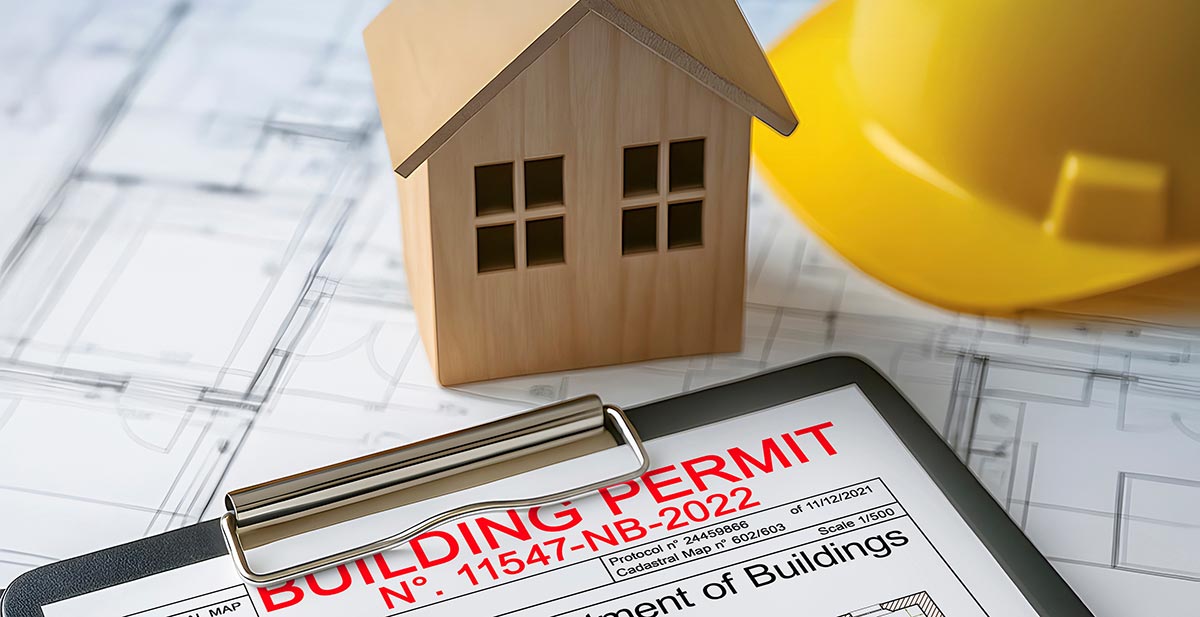When you’ve been in the residential construction business as long as I have, you start to see a pattern: homeowners are often surprised by just how critical permits are to the success of a project. Trust me, it’s one area you don’t want to cut corners on. The headaches that come from skipped or mishandled permits can grind a project to a halt—and cost you more than just time.
In this blog, I’ll break down why permits matter, common mistakes I’ve seen over the years, and the best practices that keep your project running smoothly and legally.
Why Permits Matter More Than You Think
Permits exist for a reason—they ensure that residential builds meet current codes for safety, zoning, and environmental concerns. Whether you’re doing a major remodel, adding a room, or building from the ground up, permits protect not just your client, but your business too.
The last thing you want is to complete a beautiful project only to have it flagged by local inspectors or tied up in red tape. Homeowners often don’t realize how much a missing permit can devalue their property or delay a sale later down the line. It’s part of our job as contractors to guide them through that.
Common Permit Mistakes (And How to Avoid Them)
1. Assuming a Permit Isn’t Needed
One of the biggest pitfalls is assuming a small project doesn’t need a permit. Replacing a few cabinets? You’re probably fine. But move electrical or plumbing? You’re stepping into permit territory. I always double-check with the local building department before we break ground. It’s better to ask than to guess.
2. Applying Too Late
Waiting until you’ve finalized all your plans to submit for a permit can lead to major delays. In some municipalities, the wait time can stretch for weeks—especially during busy seasons. I like to build permitting time into my project timeline right from the start. That way, everyone’s on the same page.
3. Wrong Type of Permit
Each city or county might have different types of permits—building, electrical, mechanical, plumbing, and so on. You need to make sure you’re applying for all the ones that match your scope of work. Overlooking just one can bring everything to a halt midway through the project.
Best Practices for Smooth Permit Approvals
Do Your Homework
Before any contracts are signed, I research the local building codes and permit requirements for the specific location. Even neighboring towns can have vastly different rules. This step alone saves hours of stress.
Build Strong Relationships with Inspectors
Over the years, I’ve made it a point to build respectful relationships with local building inspectors. Being responsive, courteous, and honest goes a long way. When they see you’re committed to doing things right, they tend to be more helpful and flexible when challenges arise.
Factor Permit Costs into the Estimate
One of the biggest surprises for homeowners is the cost of permits. I make it standard to include them in the project quote so clients aren’t blindsided. It also helps build trust and avoids last-minute sticker shock.
Communicate Clearly with the Client
Sometimes clients want to cut corners to save money, but it’s our job to explain why that’s a risk not worth taking. I take time to walk clients through the permitting process—what’s required, how long it might take, and what could go wrong without it.
What Happens If You Skip the Permit?
I’ve seen it too many times: someone skips the permit thinking they’ll save time or money, and it ends up costing them both. Work can be red-tagged, meaning it’s legally ordered to stop until permits are in place. That can cause massive delays and damage your reputation.
Worse, if something goes wrong—like a fire or structural failure—insurance companies can deny claims on unpermitted work. That liability falls on you or the homeowner, and nobody wins in that situation.
Using Technology to Stay Ahead
In 2025, many cities and towns have started using digital permit portals. While this has helped speed things up, it’s not always intuitive. I’ve found that hiring a dedicated permit expeditor or using project management software with built-in code tracking can really streamline the process.
Staying up to date with changes in codes and requirements is also easier now. I get regular email updates from local building departments, and I keep a digital file of the latest codes handy on my tablet for quick reference.
Final Thoughts
Getting permits might feel like a hassle, but in my experience, it’s one of the most important steps in a successful residential build. It protects your crew, your clients, and your business. Over my 27 years in construction and since founding MRM Construction Services, I’ve learned that doing things by the book is the best way to keep a project on time, on budget, and above all—safe.
Whether you’re a fellow contractor or a homeowner planning your next renovation, don’t treat permits like an afterthought. Take the time, ask the questions, and build it right.
